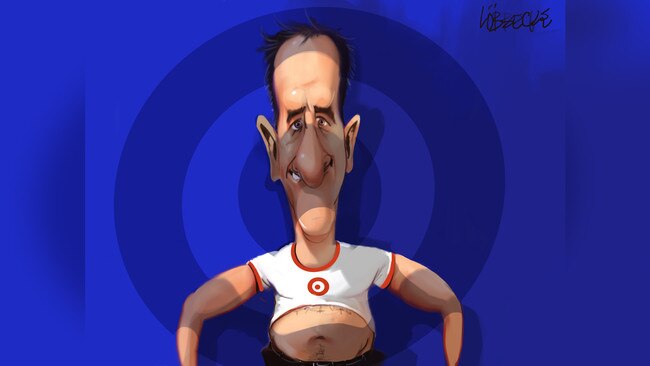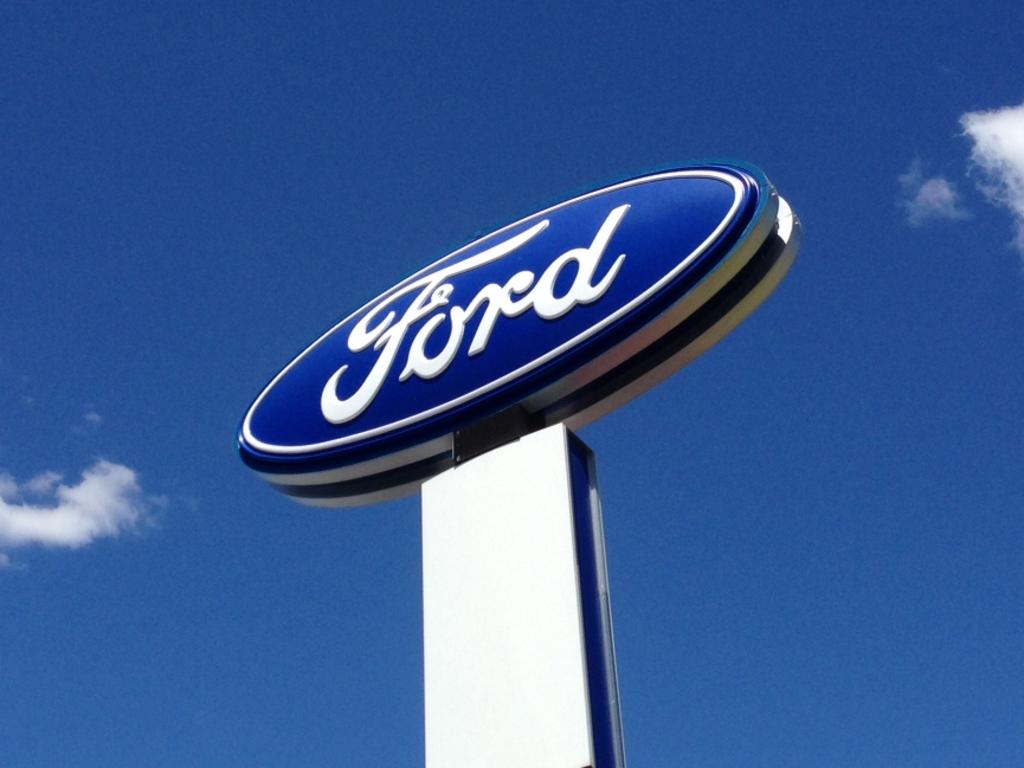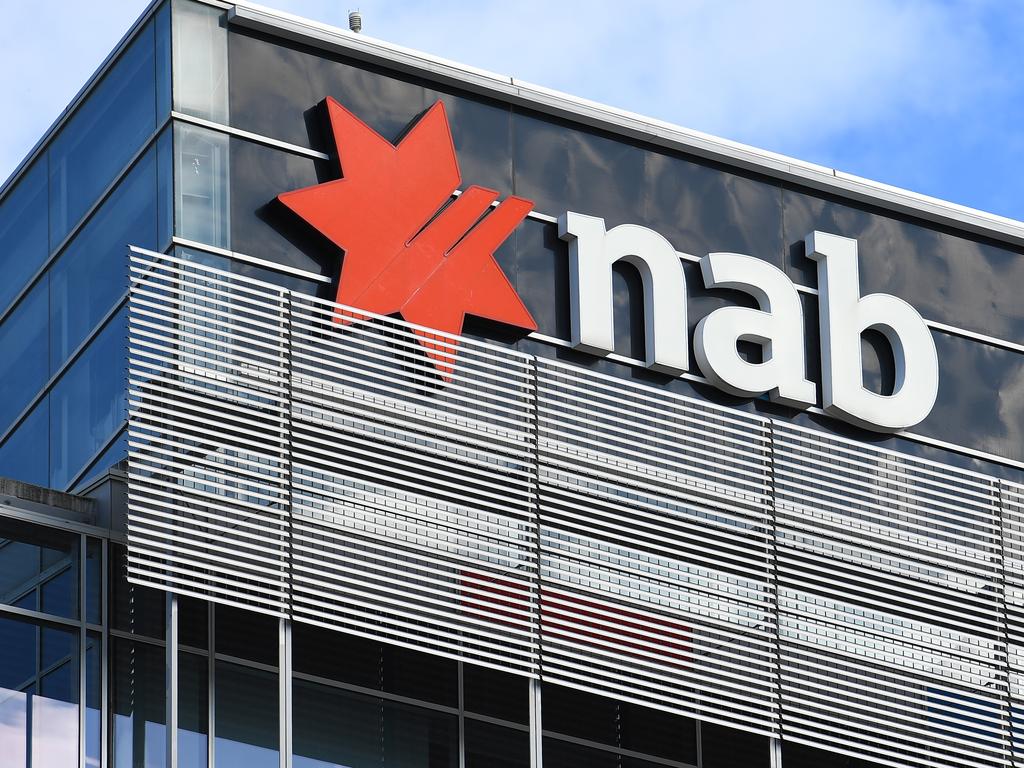
King released impairment charges ahead of next Monday’s results and with $1.6bn in extra provisions for COVID-19, he took double the charge that NAB took on Monday ahead of its $3.6bn capital raise.
Both banks had tier-one capital around 10.8 per cent and by taking the most optimistic scenario NAB’s charge will take around 80 basis points of capital which was covered by the capital raise. If the scenario comes in at the worst, then the capital charge is more than double and NAB’s will fall behind.
This tells you Westpac, after raising $2.8bn last year, will not need to raise capital next week and by taking a more pessimistic view King has proved to be the realist.
This is classic Chronican-Ross McEwan old school banking, but Westpac’s King has done it better thanks in part to last year’s Austrac snafu, which caused him to hit the capital markets earlier. On Monday much of the focus in the NAB numbers was concern it was being a little optimistic at a time when the market is looking at the world with a decidedly glass-half-empty view of the world.
The market is still yet to see the full Westpac accounts, but based on Tuesday’s release King has won brownie points for being the realist. He needs to be because while both he and McEwan have the job before them the Westpac franchise is in need of a major overhaul.
NAB is the market’s business banking leader at a time when small business has its back to the wall, which is also why its stock price fell on Tuesday by 1.9 per cent to $15.45, against Westpac’s rise of 1.8 per cent to $14.92 a share.
Its early days yet in the COVID-19 saga and the banking sector has a massive task to manage the fallout with the knowledge Canberra will be quick to jump at any fall.
Raisings a fee bonanza
ACSI figures show Australian companies have raised $15.6bn across 29 raisings so far in this season’s binge, netting investment banks around $275m in fees with Macquarie the standout leader in the collection stakes.
The aftermarket has shown the stocks increased by a median figure of 13.3 per cent compared with a discount on the issue price of 12.5 per cent.
The underwriting fee works out at around 2.23 per cent of the issue size although some are smaller with Macquarie collecting around $39m on the $3.5bn NAB issue.
The capital raisings have served a variety of purposes, from sheer need because the company was short of money to extra firepower to look for opportunities.
All good so long as all shareholders are treated equally, which plainly is yet to happen, but at least the likes of NAB were aware that institutional shareholders were angry at the new shares going to newcomers and diluting their position. Retail holders have been treated appallingly.
Rob Scott on a good wicket
Wesfarmers boss Rob Scott is in the happy position of having maximum financial flexibility heading into the recession after renegotiating his debt to extend facilities from $2bn to $5.3bn.
After raising a touch over $2bn by selling 10 per cent of Coles, he has not only paid his first-half dividends and paid down $1.2bn in debt with the proceeds, leaving him with just $1.3bn in net debt.
Wesfarmers is trading cum an acquisition at arguably a superb time heading into a deep recession.
Scott is not without his issues starting with the 285 Target stores on his books which are now under the internal hammer.
He can’t sell the stores even if someone did want to buy them because they would compete with Kmart, which is about the only listed department store earning its keep right now. There are 236 Kmart stores.
One idea is to reduce the number of Target stores and cut the footprint of the ones he retains, which is easy on paper but not so in practice.
The big shopping malls argue they are devoting more space to so called “experiences” ranging from restaurants to gyms to medical practices, which in normal times drive foot traffic.
The malls are now deserted and the mall operators are instead offering click and collect services which serve to keep people out of the mall.
All of which makes it difficult to work out just what Wesfarmers can do with Target.
In the first half last year Kmart and Target reported earnings before interest and tax of $383m.
It will be lower this half by a considerable margin.
On Tuesday Wesfarmers reported strong sales from its Bunnings and Officeworks stores which is good to a point because once home offices are decked out and the recession hits both will struggle.
NAB is forecasting a 30 per cent-plus fall in home prices which is not a good platform for Bunnings.
All of which suggests while Wesfarmers is heading into the recession with its safe overflowing with cash it will also need every bit of financial flexibility it can get.
Supermarkets on a roll
Wednesday and Thursday will reveal the full glory of the big supermarkets sales increases with some forecasting as much as 40 per cent same store sales growth for the month of March.
The roughly 3 per cent-plus for the first two months of the third quarter gives you around 15 per cent growth for the third quarter — which is unprecedented.
For the record JPMorgan has Coles up 16.1 per cent in the third quarter and Woolworths up 15.4 per cent.
Those numbers, if confirmed, will show Coles has continued its recent outperformance of Woolworths with the former’s Steven Cain proving to be a better retailer.
This quarter remains buoyant according to BA’s David Errington because most people are eating all their meals at home, which should translate into roughly 10 per cent same-store sales growth for the fourth quarter.
In round terms that should translate into earnings before interest and tax growth of around the 25 per cent mark which is also unprecedented.
This week’s numbers are sales reports, not profits, but you will hear Coles and Woolworths talk a lot about cost increases from staff to logistics, which is all true.
Security has been stepped up and cleaning costs have skyrocketed.
But a supermarket sells around 18,000 separate items, of which in normal times around 2000 are on some sort of promotion.
These numbers were cut last quarter and according to some analysis dramatically so at Woolworths.
As the half rolls through there are also more people out of work which means they will either buy lower-value goods or simply buy less.
That will also become clearer but it’s been a grand time to be an essential service retailer with liquor sales also up and the only negative being convenience goods.








Westpac chief Peter King learned his craft at the feet of NAB chair Phil Chronican and if Tuesday’s numbers are any guide it seems he was a good student.